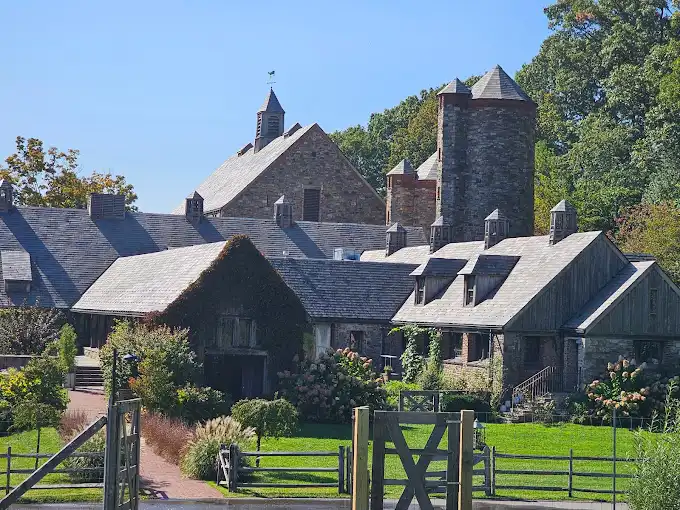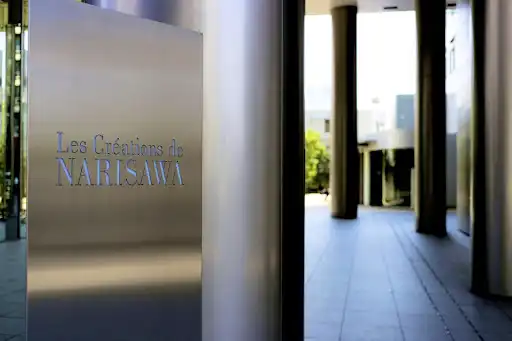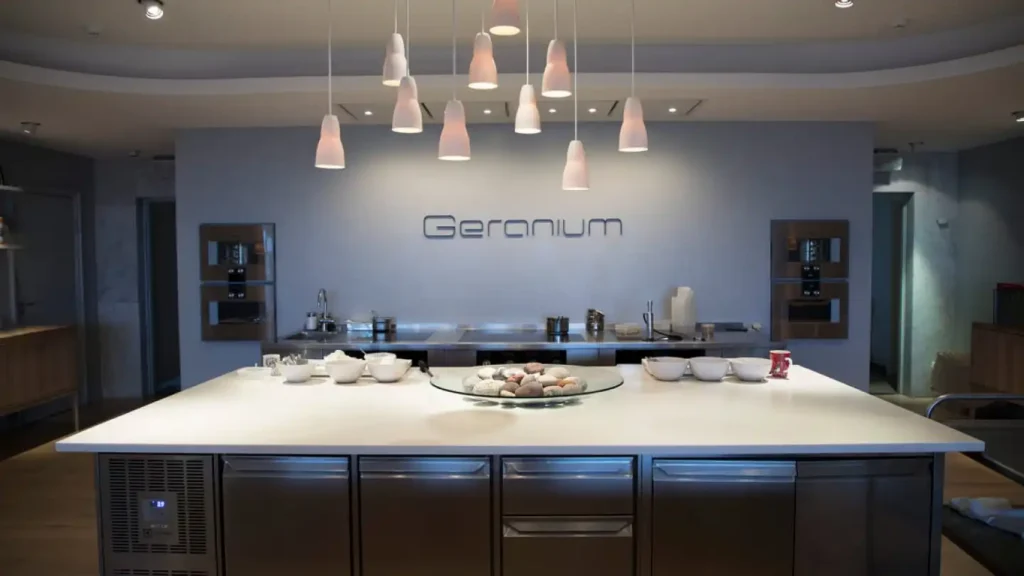Michelin-Star Dining and Sustainability: A New Era of Responsible Luxury
The Shift Towards Sustainable Michelin-Star Dining
As the world embraces sustainability, Michelin-star dining has followed suit. A once rare consideration in fine dining, eco-consciousness is now at the forefront of many Michelin-starred restaurants. More than just culinary excellence, chefs are now incorporating sustainable practices into their kitchens, blending luxury with environmental responsibility. This movement marks a new era where Michelin-starred establishments strive to balance indulgence with planet-friendly initiatives.
- The Shift Towards Sustainable Michelin-Star Dining
- Michelin’s Green Star: Recognizing Sustainability in Fine Dining
- What Qualifies a Michelin-Star Restaurant for the Green Star?
- Pioneers of Sustainable Luxury Dining
- The Ingredients Behind Sustainable Michelin-Star Dining
- Can Sustainable Dining Still Be Luxurious?
- Dining at the Source: Farm-to-Table Michelin-Star Experiences
- Michelin’s Commitment to the Future of Sustainable Dining
- Conclusion: The Future of Responsible Michelin-Star Dining
Michelin’s Green Star: Recognizing Sustainability in Fine Dining
In 2020, Michelin introduced the Green Star, a prestigious accolade given to restaurants that demonstrate outstanding sustainable practices. Chefs who champion farm-to-table concepts, ethical sourcing, and waste reduction are now celebrated alongside their culinary achievements. Restaurants such as Narisawa in Tokyo and Geranium in Copenhagen are leaders in this trend, showcasing that luxury dining can go hand in hand with eco-consciousness.
What Qualifies a Michelin-Star Restaurant for the Green Star?
To receive a Michelin Green Star, restaurants must demonstrate:
- Locally Sourced Ingredients: Using ingredients grown nearby reduces carbon emissions.
- Waste Reduction: Composting, recycling, and reducing food waste.
- Ethical Practices: Ensuring sustainable seafood, humane livestock treatment, and fair trade produce.
- Energy Efficiency: Utilizing eco-friendly technologies such as solar energy, energy-efficient kitchen equipment, and sustainable building materials.
Pioneers of Sustainable Luxury Dining
Several Michelin-starred chefs and restaurants have embraced the sustainability movement fully, becoming pioneers of eco-luxury.
Blue Hill at Stone Barns (New York, USA)
Under the leadership of chef Dan Barber, Blue Hill has become synonymous with sustainable fine dining. The restaurant’s menu changes daily, featuring only ingredients grown on the property or sourced from local farms. Barber’s approach minimizes waste and celebrates seasonal produce.

Narisawa (Tokyo, Japan)
Chef Yoshihiro Narisawa seamlessly blends Japanese culinary traditions with modern sustainable practices. Known for his dedication to environmentalism, Narisawa’s eponymous restaurant uses organic and pesticide-free ingredients, elevating his dishes with a deeper connection to nature.

Geranium (Copenhagen, Denmark)
Chef Rasmus Kofoed has transformed Geranium into an environmentally-conscious powerhouse. From sourcing organic and biodynamic wines to using renewable energy, Geranium goes beyond food to reduce its environmental footprint.

The Ingredients Behind Sustainable Michelin-Star Dining
At the heart of the sustainability movement is the ingredients. Michelin-star chefs have become more discerning, choosing local and organic produce over mass-farmed options. From heirloom vegetables to ethically sourced seafood, the focus is on quality, taste, and environmental impact. Dishes are often constructed to feature every part of the ingredient, ensuring minimal waste while delivering maximum flavor.
Can Sustainable Dining Still Be Luxurious?
One common misconception is that sustainability in Michelin-star dining compromises luxury. However, restaurants like Core by Clare Smyth in London prove that eco-conscious dining can still deliver the height of opulence. Sustainable ingredients are often fresher and more flavorful, allowing chefs to create dishes that are as indulgent as they are responsible. Additionally, many restaurants offer bespoke dining experiences—such as vineyard tours or visits to organic farms—that enhance the luxury experience while promoting sustainability.
Dining at the Source: Farm-to-Table Michelin-Star Experiences
Farm-to-table dining is one of the most direct ways Michelin-star restaurants contribute to sustainability. Establishments like SingleThread in California, which runs its own farm, or Farm Spirit in Portland, provide a literal taste of the land with menus that feature produce grown just steps from the dining room.
These experiences, often curated with personalized tours and chef interactions, offer guests an immersive journey into the sustainable practices behind their meal.
Michelin’s Commitment to the Future of Sustainable Dining
With the Michelin Guide’s growing emphasis on sustainability, the fine dining world is undoubtedly moving towards greener practices. The guide’s recognition of chefs and restaurants that are committed to preserving the planet demonstrates a shift in luxury dining—a commitment to both culinary and environmental excellence. Restaurants that once focused solely on indulgence are now pioneering change in food production, energy use, and waste management, leading the way for others to follow.
Conclusion: The Future of Responsible Michelin-Star Dining
As the culinary world embraces sustainability, Michelin-star restaurants are at the forefront of responsible luxury. With chefs taking more accountability for their environmental footprint, we’re witnessing the transformation of fine dining into an eco-conscious experience that still upholds the highest standards of luxury. Luxe Digital’s guide to sustainable Michelin-star dining highlights this shift, providing a glimpse into the future of luxury dining—where indulgence meets responsibility






